3D printers
High quality 3D printers
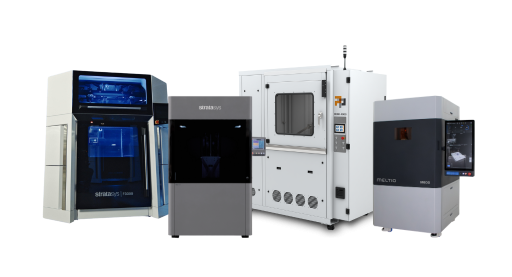
25% discount on your first order of 3D printed components!
SAVE SUMMER DISCOUNT NOW!

The perfect symbiosis of quality and quantity!

Complex geometries with ideal properties!

High-resolution components with a wide variety of materials!

High-performance components with sustainable production!

A wide range of materials and ultra-fast production!

Ideal for a wide range of dental indications!

The process from simple component to product!

Fully automate your production!

Fast processing and successful management!















Sorry, there are no results for this combination of filters. Choose another combination of filters.
To ensure that all requests are handled promptly and completely, we ask that you submit all support requests through our support portal.
To the service portalDo you need assistance with your project, do you need advice or a sample part that we can send you?
Send Email
Climate change is a highly emotional topic. Whether it's the reasons, the effects or the solutions - the discussion is being fought tooth and nail. But the scientific community agrees on one thing: We have less and less time to stop or at least curb the dramatic climate changes on our planet. The biggest question surrounding this issue is always the same, whether on political talk shows or at the family dinner table. How do we stop the climate crisis without losing our prosperity?
A simple answer to this question does not exist. 3D printing is certainly not the all-encompassing solution to this massive problem either. But it represents a fantastic opportunity to make industrial production more climate-friendly and our consumption more environmentally compatible, without driving up costs immeasurably.
The advancement of Additive Manufacturing can give us three things that are so important at this time. Hope, for a more climate-friendly production, progress, on the way to less man-made pollutants and a big step towards the future!

The energy transition poses urgent challenges for industry. Manufacturing products that have as little impact on the environment as possible while remaining affordable for all segments of the population is a difficult undertaking.
The Corona pandemic and the Ukraine conflict have once again intensified this challenge. It should be clear to everyone by now that, in addition to the goal of climate-friendly and affordable production, the goal of independence within production must also be achieved.
How can Additive Manufacturing help meet these challenges?
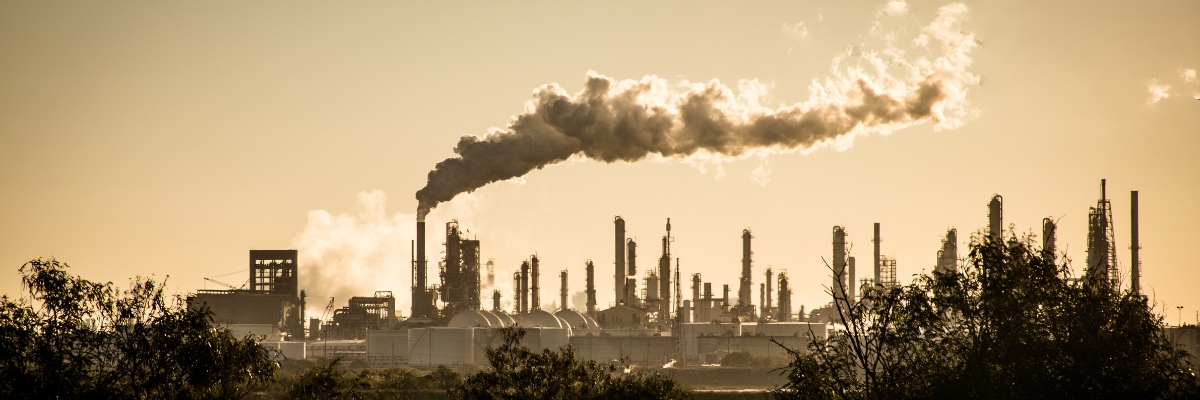
3D printing enables just-in-time manufacturing to be perfected. This makes it possible to manufacture important components on site and only shortly before use. On the one hand, this reduces production costs, and on the other hand, it also reduces CO2 emissions, which are unnecessarily increased by long transport routes for components that are sometimes very small.
Whether it's small parts for wind turbines or large components such as aircraft turbines, 3D printing is already making a large part of industrial production possible in a cost-effective and resource-saving way.
This also brings the goal of self-sufficient production within reach. The ability to manufacture components of all kinds "at the push of a button" in their own plant brings companies a big step closer to independence from other manufacturers.
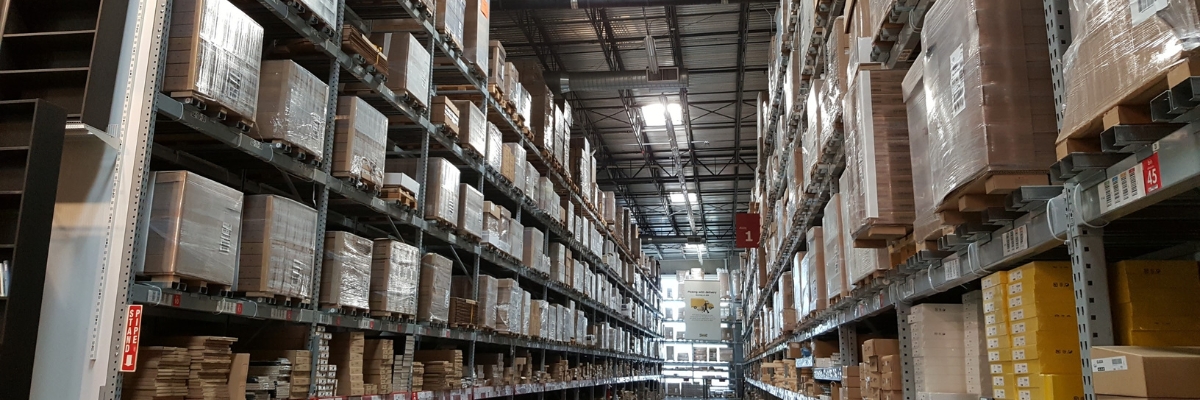
Furthermore, Additive Manufacturing and the just-in-time process allow the complete storage to be completely restructured. Even today, many companies, including those in the energy sector, work with a very conservative approach when it comes to the storage of essential components. More components are manufactured than are really needed in order to avoid getting into trouble in the event of sudden failures.
While this approach makes sense - after all, no company wants to bring its production to a halt because of a single defective component - this process places massive burdens on the shoulders of our environment. More waste is generated, as these surplus parts are often not needed, more space has to be used for warehouses, as the produced parts naturally have to be stored somewhere, and costs increase, which are ultimately shifted to the end consumer.
With 3D printing, components can be produced when they are actually needed. And in the shortest possible time! No more huge warehouses, no more pointless transport routes and no more unnecessary additional costs, thanks to Additive Manufacturing and the just-in-time process!

Last but not least, 3D printing can also be used to further improve existing technologies. In some cases, Additive Manufacturing can save large amounts of weight from individual components.
This offers considerable energy-saving potential, particularly in the area of mobility. A lighter airplane or a lighter car require less energy to move around, which makes a big contribution to saving fuel.
Components from 3D printing can also help in electromobility. Newly developed cooling jackets can minimize wear and tear on an electric vehicle's engine and battery, which means that the environmentally harmful battery in particular needs to be replaced far less frequently.
If you want to learn more about 3D printing in the automotive industry, you can jump here to a blog post on the subject.
So 3D printing can deliver a wide range of benefits around the environmental friendliness and affordability of components. As a result, 3D printing can be a massive help in how climate-friendly manufactured products can remain affordable for everyone.
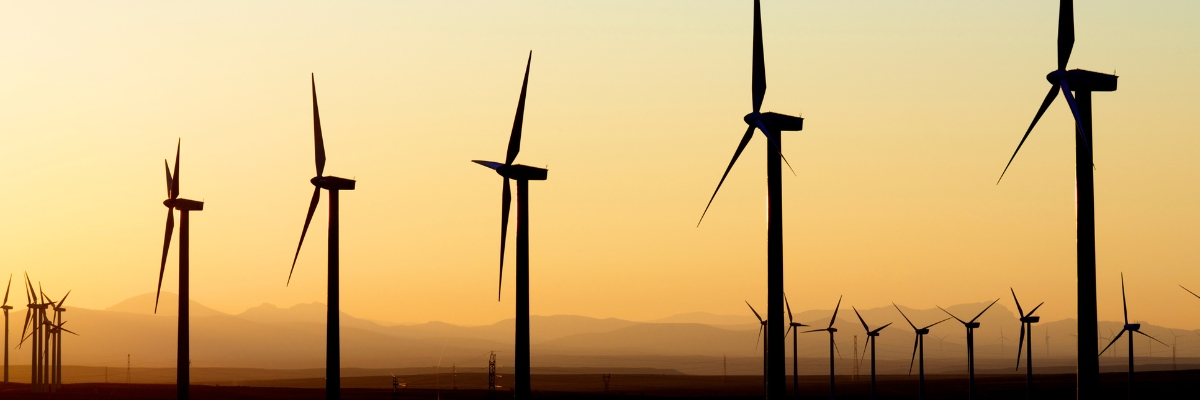
But these are only the possibilities that already exist today. 3D printing is a technology of continuous development and progress. This progress can lead to Additive Manufacturing contributing to climate protection in many more areas.
Probably the largest and most promising of these areas is food production. What seemed like science fiction a few decades ago is already a reality today.
Already, food is being sold which was made with 3D printers, and more and more 3D printers designed specifically for this purpose are coming onto the market. For example, Barilla has been working on Additive Manufacturing pasta since 2016 and now markets 15 different types of pasta made using a 3D printer.
But the most important advance in terms of environmental protection is Additive Manufacturing of meat.

Animal products generate between 14 and 18% of all greenhouse gas emissions. Cows, sheep and goats produce massive amounts of methane, which is one of the most potent greenhouse gases due to its ability to store heat very effectively. Animal husbandry for the production of meat, among other things, is also responsible for most of the deforestation of the Amazon rainforest, about 80%.
3D printing of meat is already possible. Several companies exist, e.g. MeaTech and Aleph Farm from Israel, Nova Meat from Spain and Revo Foods from Austria, which produce meat through Additive Manufacturing.
This meat mostly consists of vegetable substances, but in the case of MeaTech and Aleph Farm, so-called "lab meat" is now also used for printing. In this lab meat, stem cells are taken from an animal and grown in a bioreactor. The cell culture created in the bioreactor is filled into cartridges, printed layer by layer by a 3D printer, and finally matured in an incubator.
But if this technology already exists, why am I writing about progress? Primarily because this 3D-printed meat is still hardly available.
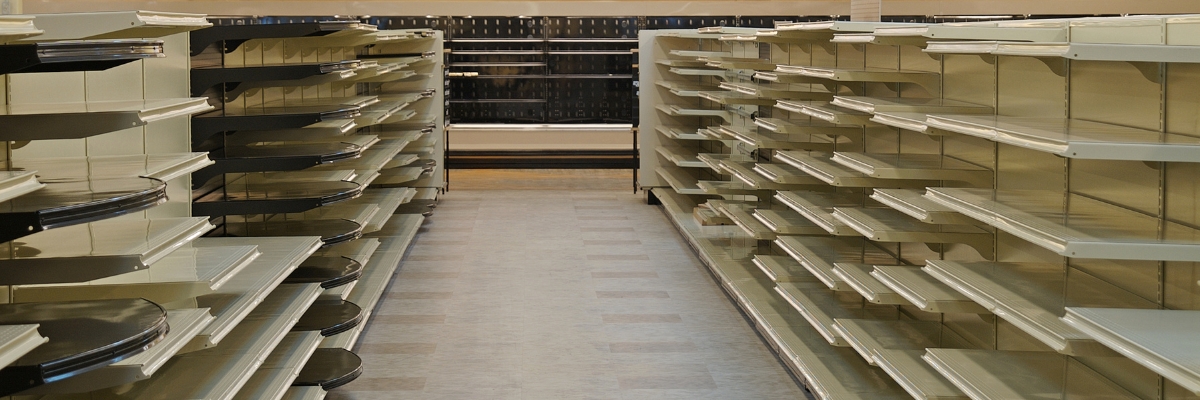
On the one hand, this is due to legal regulations, especially in the case of laboratory meat. This is a completely new kind of food and must therefore first be approved by the EU.
This approval is made more difficult by the fact that many meat companies are fighting meat alternatives with all their might. One can see the attempt to no longer be allowed to sell plant-based meat substitutes as "burgers" or "sausages", which the EU Parliament has, however, rejected.
The positive news is that in 2020 Singapore became the first country in the world to legally approve 3D-printed chicken. When other countries will follow, however, is still written in the stars.
On the other hand, this is due to the low production volumes to date. Meat from Additive Manufacturing is still relatively cost-intensive to produce. This is mainly due to the small quantities purchased.
The higher the production volume of a product, the lower the manufacturing costs. To date, however, meat from 3D printers has been a niche product, supplied mainly to restaurants. But in recent years market acceptance has grown, giving companies more money to invest and the opportunity to multiply production.
This scaling process is currently in full swing but will still take some time. Once this is complete, meat from Additive Manufacturing will certainly also be available in supermarkets.
Here, too, there is positive news. Because for some time now, the 3D-printed salmon from Revo Foods has been available in some vegan supermarkets, but also in REWE stores.
Here you can access an interactive map that shows all the stores that sell this product.
However, in addition to the progress of laws and production volumes, the progress of social acceptance also plays a major role in making meat from Additive Manufacturing ubiquitous.
According to a survey conducted by Bitkom in 2021, so far only 17% of the German population can imagine eating meat from a 3D printer.
But here, too, there is positive news. In 2019, this percentage was still 13, so in just two years, the number of people who can imagine eating meat from Additive Manufacturing has increased by 4%.
Maybe some people who can't yet imagine eating meat from a 3D printer will read this blog.
Therefore, briefly summarized the advantages of 3D printed meat:
- Smaller ecological footprint
- No factory farming necessary
- No antibiotics in meat
- Great design freedom
- Localization of meat production
- Minimizing food waste
To give another push to at least give 3D printed meat a chance:
In a blind tasting in Tel-Aviv, 90% of the guests said they could not taste any difference between normal meat and the meat from Additive Manufacturing.
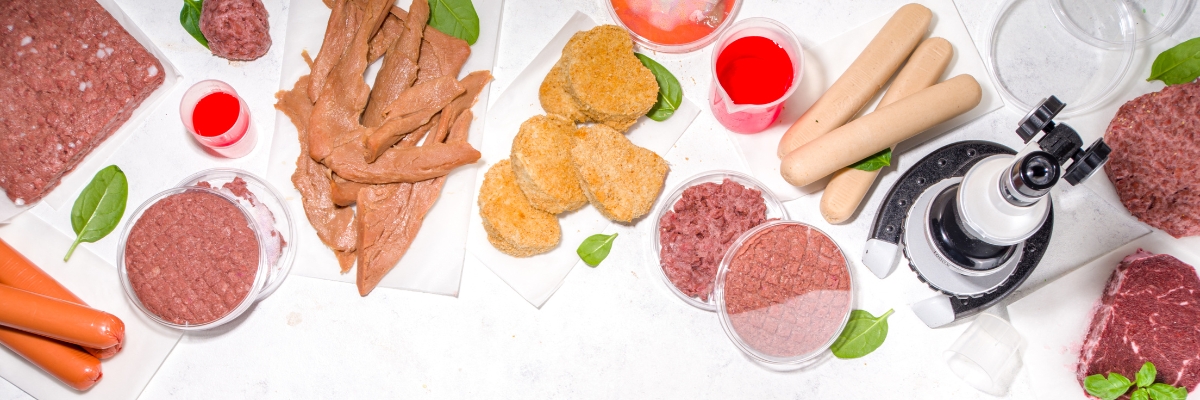
Is meat from a 3D printer the future? Since I'm not a clairvoyant, I can't answer this question very well. However, the opportunity to minimize a large part of greenhouse gas emissions by additively producing meat or other animal foods in the future should undoubtedly not be ignored in efforts to combat climate change.
However, further progress must be made before 3D-printed meat is ubiquitous. Both in terms of legislation, production and acceptance.
However, all this progress is going in the right direction. Exactly how long it will take for progress to be made is impossible to say. What can be said for sure, however, is that 3D printing could play a major role in the future.

Additive Manufacturing offers us great opportunities around climate change. Reducing greenhouse gas emissions, reducing deforestation and increasing production efficiency are just some of the opportunities that Additive Manufacturing offers us.
But we have to make use of them. All the opportunities in the world are of no use if we ignore them or even stop them. And we have to use them quickly! The climate will not wait for us to hold thousands of discussions and thousands and thousands of votes.
So let's take advantage of Additive Manufacturing and its opportunities! Let's continue to invest and research in this growing technology! And above all, let's be open to new things!
Cookie settings
We use cookies to provide you with the best possible experience. They also allow us to analyze user behavior in order to constantly improve the website for you. Privacy Policy